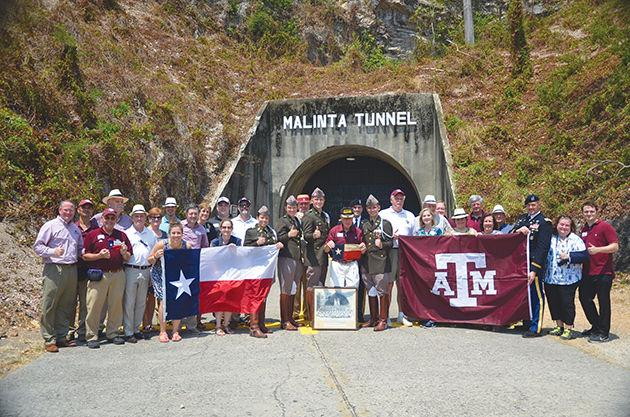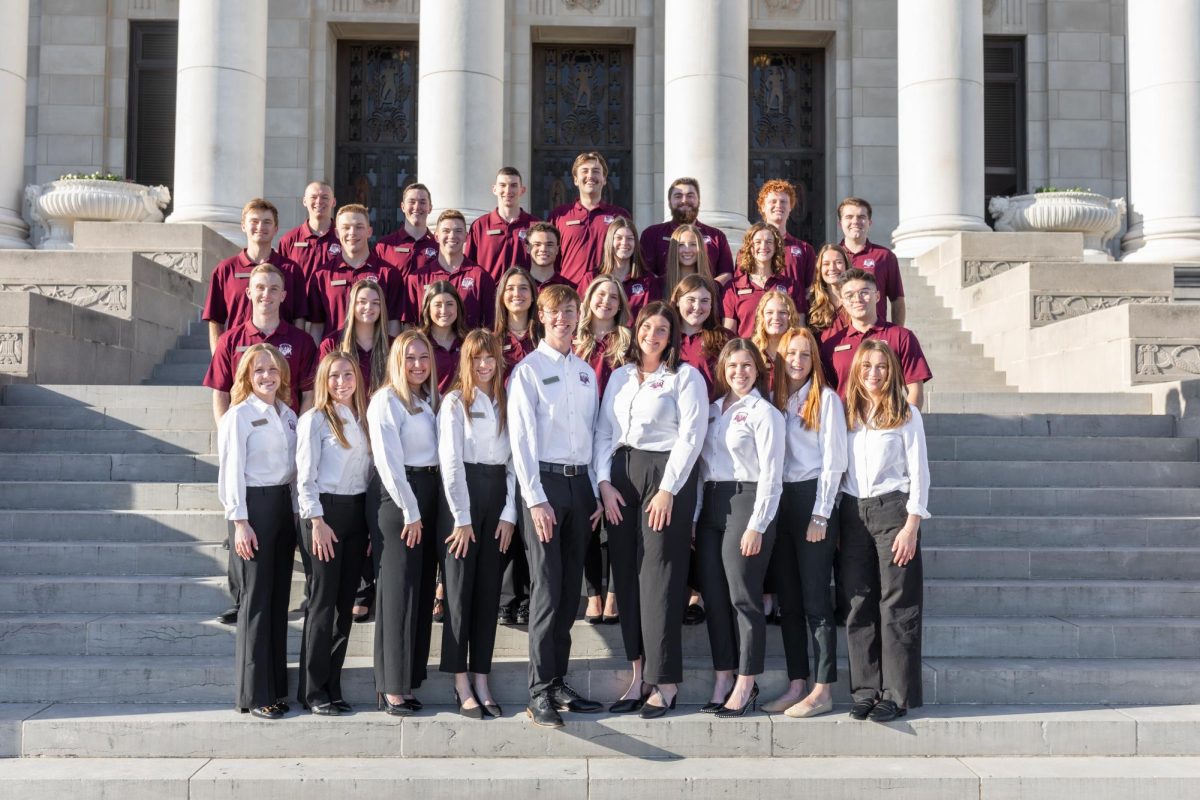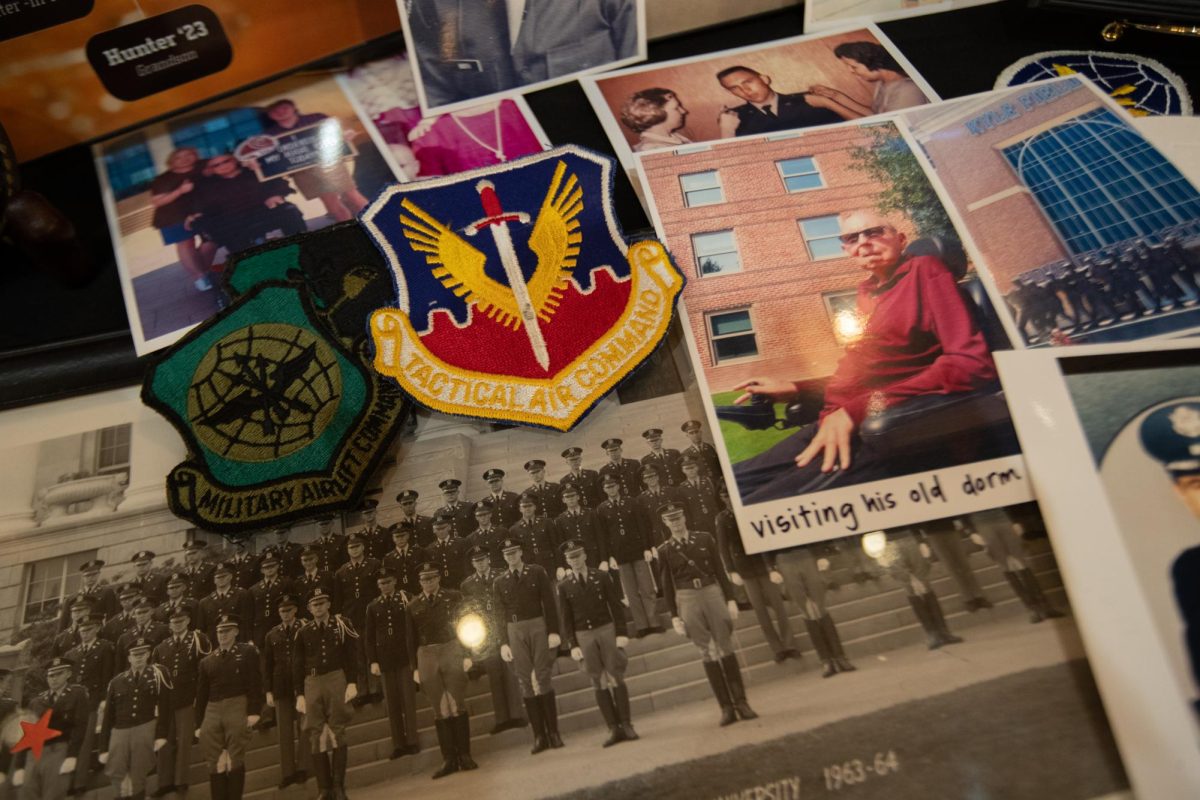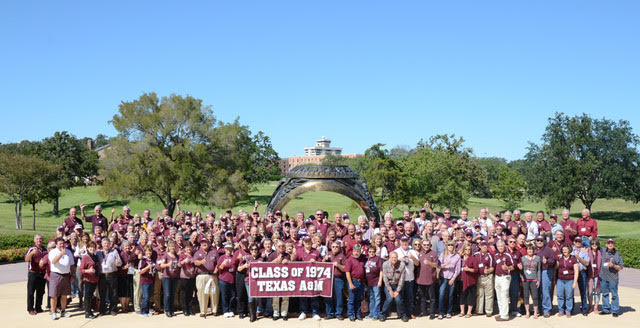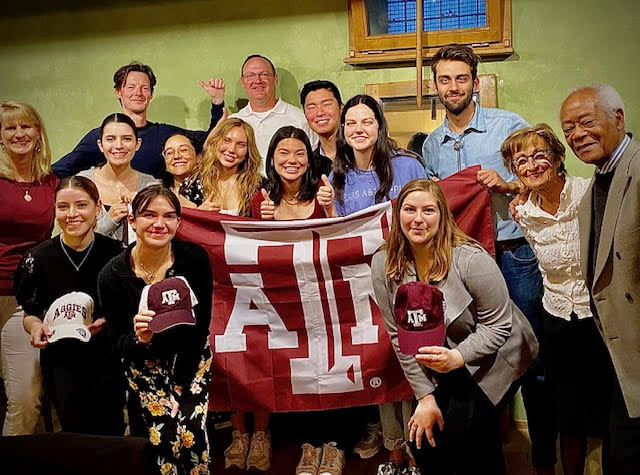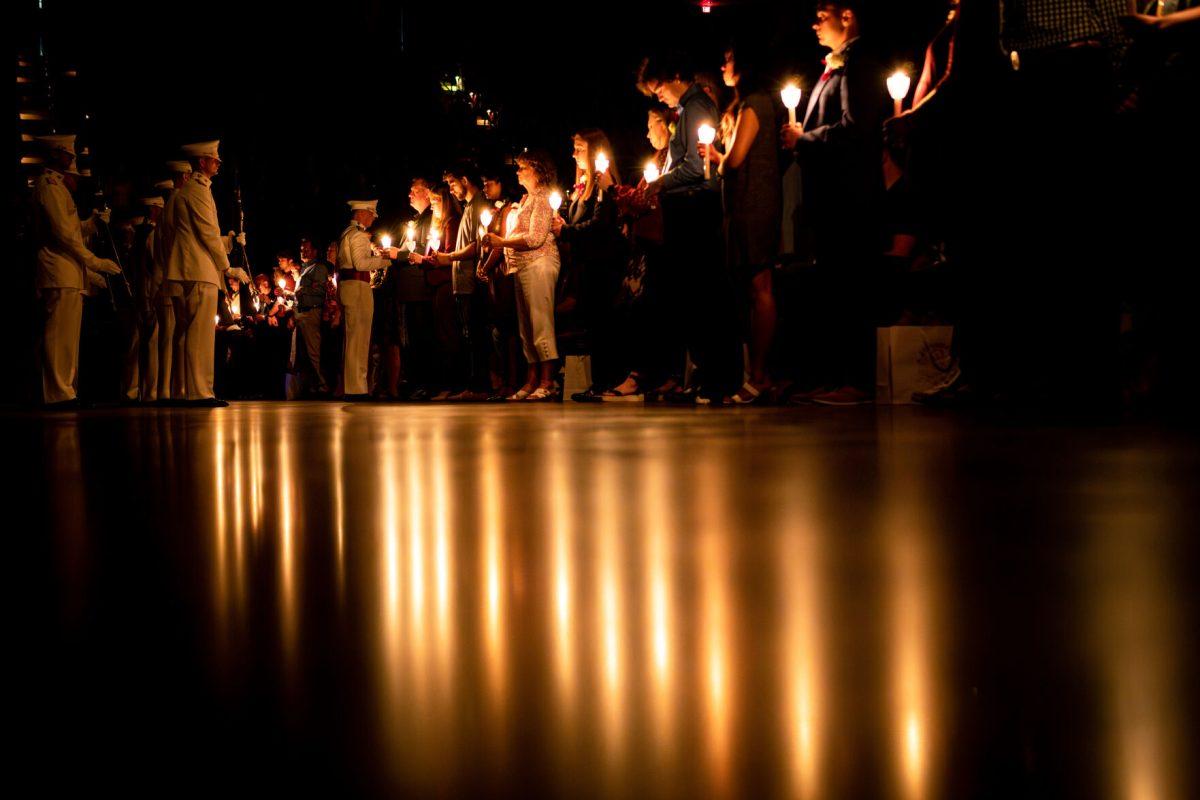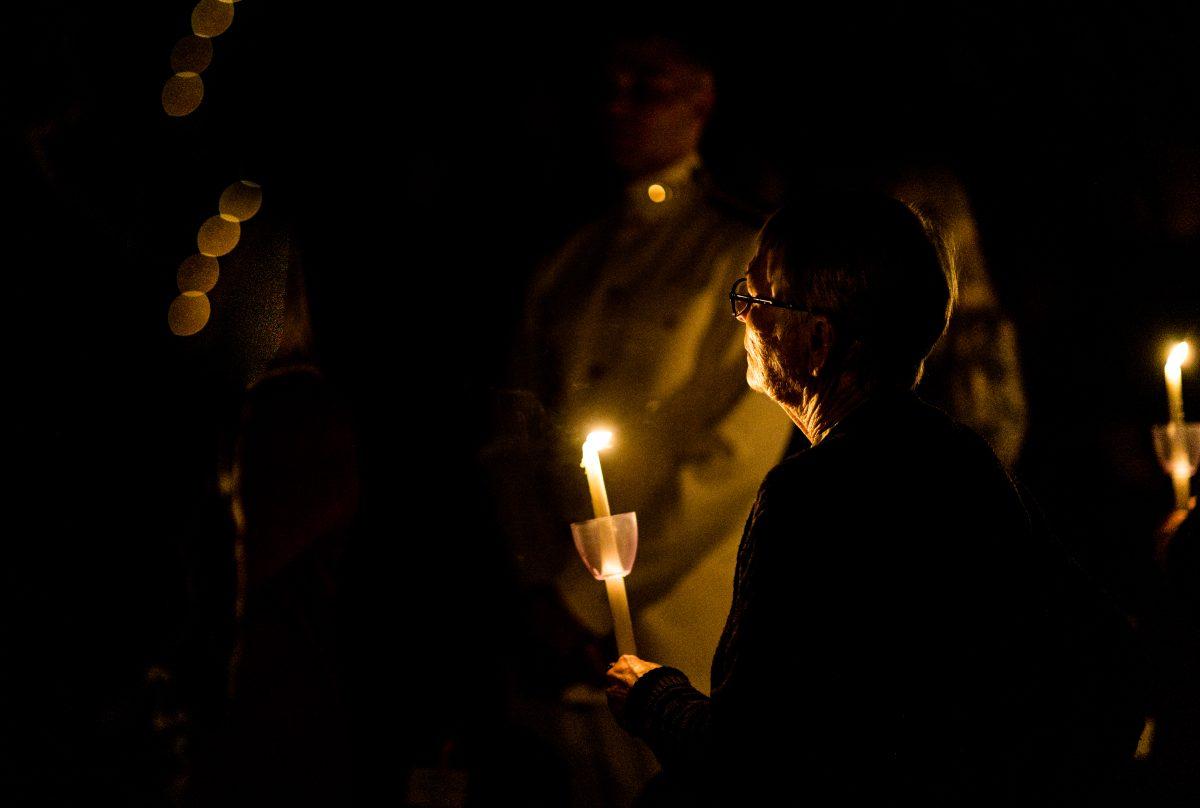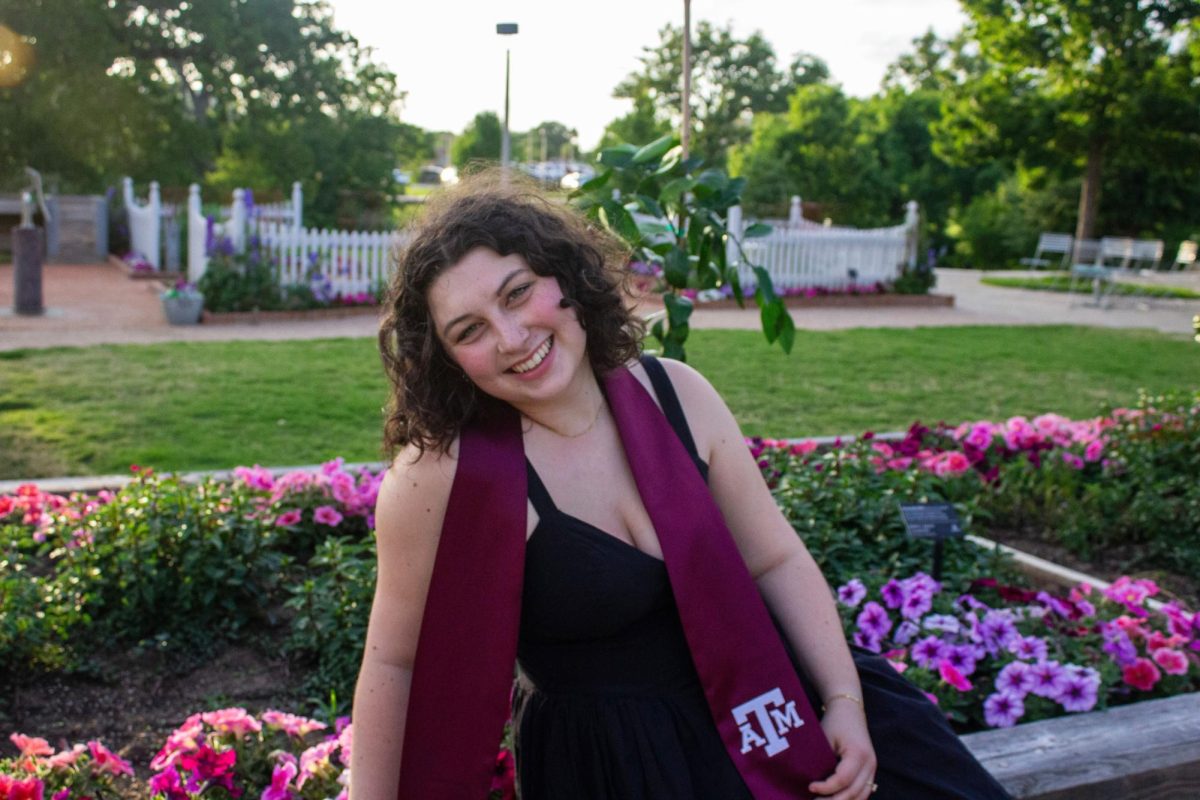By 1942, World War II was in full force, having already claimed the lives of millions of people. A little over five months after the Japanese attack on Pearl Harbor on December 7, several Aggies were tasked with protecting the small island of Corregidor, also known as the “Rock” in the Philippines.
“Hold Corregidor”
Maj. Gen. George F. Moore, Class of 1908, was sent to the Rock in February of 1941 with Lt. Gen. Jonathan Wainwright to defend the island and Manila Harbor at all costs. Under the Manila defense plan, the island would act as a backup and haven if a retreat from the nearby province of Bataan became necessary.
On April 9, 1942, the American and Filipino forces on Bataan were forced to surrender to Japanese forces and were taken into captivity, and the soldiers on Corregidor were heavily shelled. Since the island provided little to no shelter, soldiers were scattered throughout the island. A headquarters was set up in the bomb-proof tunnel known as Malinta, which was located on the tail-shaped part of the island, along the supply depot and hospital.
Once it was clear to military officials that the island was impossible to protect due to a shortage of supplies, President Franklin D. Roosevelt ordered Gen. Douglas MacArthur, Commander of the Allied Forces in the South Pacific, to be evacuated on March 11, 1942.
The timeline of the events on Corregidor in 1942 often get mixed up with those of 1946, when a group of Aggies returned to the Rock after it was secured. It was originally believed that the Aggies who were on the island in 1942 came together in Malinta Tunnel to celebrate San Jacinto Day despite being under fire with heavy artillery. In truth, though, they were scattered all over the island.
Roll Call
Still on the island in 1942, Maj. Gen. Moore wanted a list, or roll call, of Aggies who were still fighting. He contacted Maj. Tom Dooley, Class of 1935, to help gather the names. Once the list of names — which took a while to gather due to the circumstances — was compiled, they asked one of the reporters to wire the story of the Aggies who remained on the island. By the time the wire was sent back to the Allied Forces and nations, it was close to April 21, San Jacinto Day.
According to John A. Adams Jr., Class of 1973 and author of Softly Call the Muster, the Aggies on the Rock wanted a list of their names in order to ensure there was a record of them being there, so their family would receive their life insurance.
“One of the reasons they wanted the names to go out is that they wanted to confirm to their families and to everybody that they were there,” Adams said. “Because if they were killed, they would have a record that they were there and [their families] could be paid their insurance from the Serviceman’s Group Life Insurance.”
The news of what was thought to be the “Aggie Muster” spread like wildfire via news outlets across the nation. And in a time where all the news coming in was negative and bleak, this news — although only partially true — was much needed.
“They got the report released and little did they know that it just electrified [the home front],” Adams said. “There had been no good news from anywhere and even though they were in a dire circumstance, that news coming that the Aggies and in the spirit of San Jacinto and Texas Independence had mustered on the island. They had been in contact; they didn’t get together and sit around and drink warm water and eat bread — they were spread out. When it got here, they picked it up like that.”
Two weeks after the initial Roll Call, the soldiers on Corregidor surrendered.
Returning to Corregidor
On April 21, 1945, three Aggies — Lt. Col. Ormond R. Simpson, Class of 1936, Maj. R.N. “Dick” Conolly, Class of 1937 and Lt. Tommy Martin, Class of 1940 — returned to the recaptured island of Corregidor to remember the Aggies who surrendered there three years prior. Despite being recaptured by the Allied Forces, there were still groups of Japanese snipers on the island. Although only one photo of the three Aggies who visited the island in 1945 exists, this small Aggie Muster led to one of the most famous photos in Texas A&M history. One year later, almost 130 Aggies returned to Corregidor to honor the men who fought on that very island four years prior.
In the years following the famous 1942 roll call, Aggies have mustered across the globe every April 21 to honor Aggies who have died throughout the year. The events on Corregidor forever changed the way thousands of current and former students celebrate the lives of Aggies.
Solidifying the Aggie presence
In 2015, A&M dedicated a memorial on the island of Corregidor to the Aggies who fought on the island in 1942, in addition to the Aggies who visited the island in 1946. Marty Holmes, Class of 1987 and vice president of the Association of Former Students, said the birth of the monument stemmed from a conversation a group of A&M cadets had with a member from the Corregidor Foundation, a non-profit private organization in charge of the military artifacts, as well the development of the island as a tourism venue.
“A number of years ago — maybe seven or so — some cadets from the Corps were touring Corregidor and met with the gentleman who runs the Corregidor Foundation and helps oversee the park,” Holmes said. “In the course of the conversation, there was a monument for a group of airborne rangers that dropped in to liberate the island back from the Japanese. The conversation somehow came up that, ‘We need an Aggie Monument for all the Aggies in 1942 and 1946.’ He said, ‘If y’all would be willing, we would be honored to do it.’ So that started a trail [of events].”
The monument was designed by two students of the Texas A&M College of Architecture, Luis Martinez, Class of 2012 and Carmen Torres, Class of 2016. Most of the monument was built onsite by local craftsmen, but some parts were made the United States.
The monument features four maroon-tiled “steps.” On the tallest part of the monument features the Aggie Muster Symbol with a plaque describing the 1942 and 1946 Musters. The middle pillar features a plaque with the names of the 88 Aggies who defended Corregidor and Bataan. To the right of the center pillar lies the names from the 1942 Muster, and to the left the names from the 1946 Muster.
Editor’s note: Much of the information in this story was found in Adams’ Softly Call the Muster
Remembering 1942 Corregidor, 75 years later
April 19, 2017
Photo by Provided
In 2015, a group of Aggies returned to the Malinta Tunnel in Corregidor. Some of the members pictured had family members who fought in the Pacific Theater.
0
Donate to The Battalion
Your donation will support the student journalists of Texas A&M University - College Station. Your contribution will allow us to purchase equipment and cover our annual website hosting costs.
More to Discover



